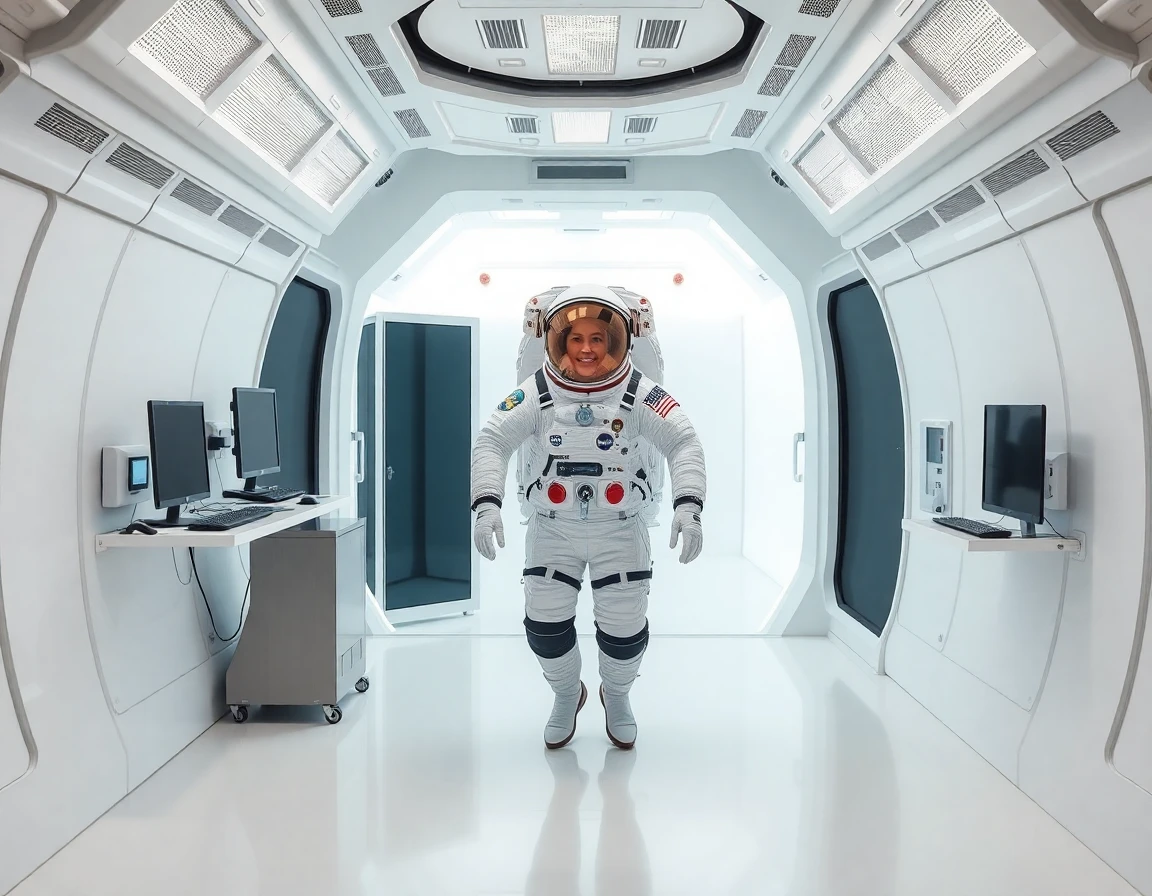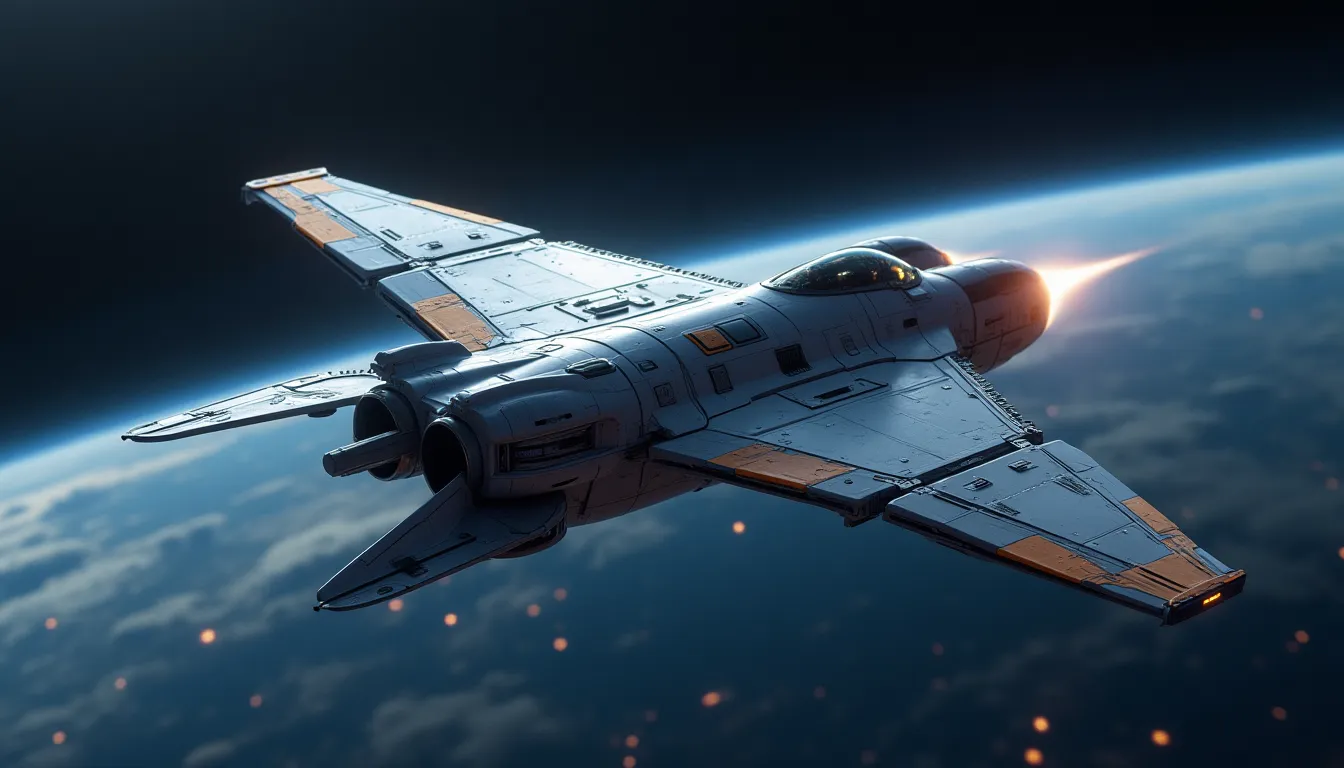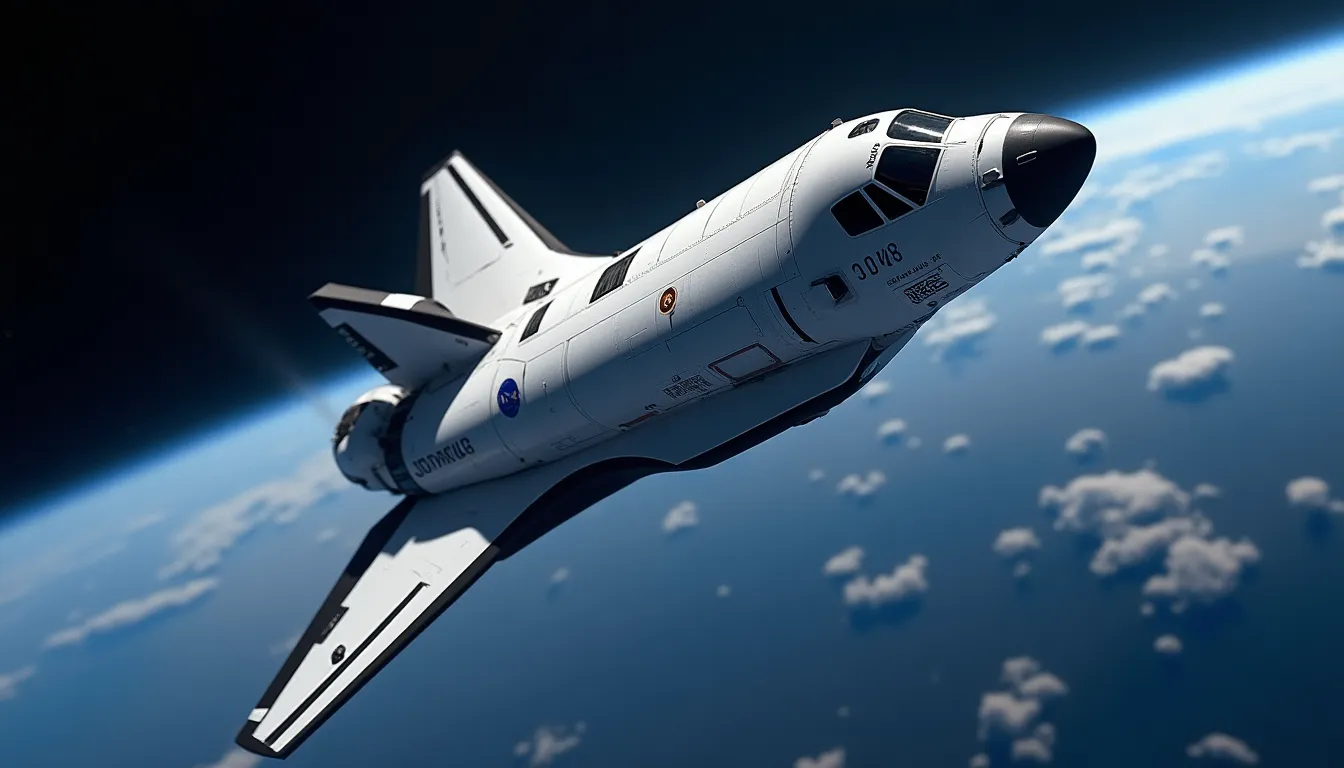On [date], NASA astronaut Megan McArthur announced her retirement after a distinguished career that spanned over a decade, during which she made significant contributions to spacecraft missions and human spaceflight. As the pilot of the SpaceX Crew-2 mission to the International Space Station (ISS), McArthur played a crucial role in enhancing our understanding of long-duration space missions and the technology that supports them.
A Journey Through the Cosmos
McArthur’s journey began in 2000 when she joined NASA as an astronaut candidate. She gained flight experience as a mission specialist on STS-125, the final servicing mission for the Hubble Space Telescope. Her expertise in spacecraft operations and her experience with inertial navigation systems have been pivotal in her missions. These systems, which combine MEMS gyroscopes and accelerometers, provide precise motion sensing and navigation capabilities essential for spacecraft maneuvering.
“Every mission has its challenges, but it’s the teamwork and the technology that make it possible to overcome them,” McArthur stated in her farewell address. “The advancements we have made in inertial navigation and thermal management systems have been critical to our success in maintaining operational safety and efficiency in space.”
Contributions to Spacecraft Technology
Throughout her career, McArthur was involved in various aspects of spacecraft technology development. Her work with the Crew Exploration Vehicle and her contributions to the Orion spacecraft program have set the stage for future missions to the Moon and Mars.
The advancements in spacecraft technology, including improved thermal management systems, have allowed for longer missions and better safety protocols. These technologies are crucial in protecting astronauts from the extreme temperatures of space, ensuring their safety and comfort during extended stays aboard spacecraft.
Industry Insights: The Future of Space Exploration
As McArthur steps away from her active role, the industry reflects on her impact and what lies ahead. With the Artemis program aiming to return humans to the Moon by 2024 and the eventual goal of Mars exploration, the demand for advanced spacecraft technology continues to grow. Experts suggest that innovations in navigation and control systems will be critical.
Dr. Emily Grant, a leading researcher in aerospace engineering, commented, “The retirement of seasoned astronauts like McArthur opens doors for the next generation. We must continue to push the boundaries of our technology and foster new talent that will drive future missions. The integration of advanced navigation systems will be vital for the success of these endeavors.”
A Legacy of Inspiration
McArthur’s retirement marks the end of an era but also serves as an inspiration for future astronauts. Her dedication to scientific exploration and her role in advancing spacecraft technology exemplify the spirit of NASA’s missions.
In her closing remarks, McArthur expressed gratitude for the opportunities she had experienced. “I hope to inspire young scientists and engineers to pursue their dreams in space exploration. The sky is not the limit; it’s just the beginning.”
As NASA continues to pave the way for future missions, the legacy of Megan McArthur will undoubtedly influence the next generation of astronauts and engineers. The evolution of spacecraft technology, including crucial advancements in gyroscopic instruments and navigation systems, will continue to play a vital role in exploring the final frontier.
Conclusion
Megan McArthur’s retirement is not just a farewell; it’s a celebration of her contributions to the field of aerospace and a reminder of the challenges and triumphs that lie ahead in the realm of spacecraft exploration. As humanity prepares for the next steps in its journey to the stars, it does so with the foundational work of pioneers like McArthur guiding the way.
For those interested in the advancements in spacecraft technology, continued innovations in inertial navigation systems and thermal management systems will be essential as we embark on ambitious missions to explore the Moon, Mars, and beyond.



